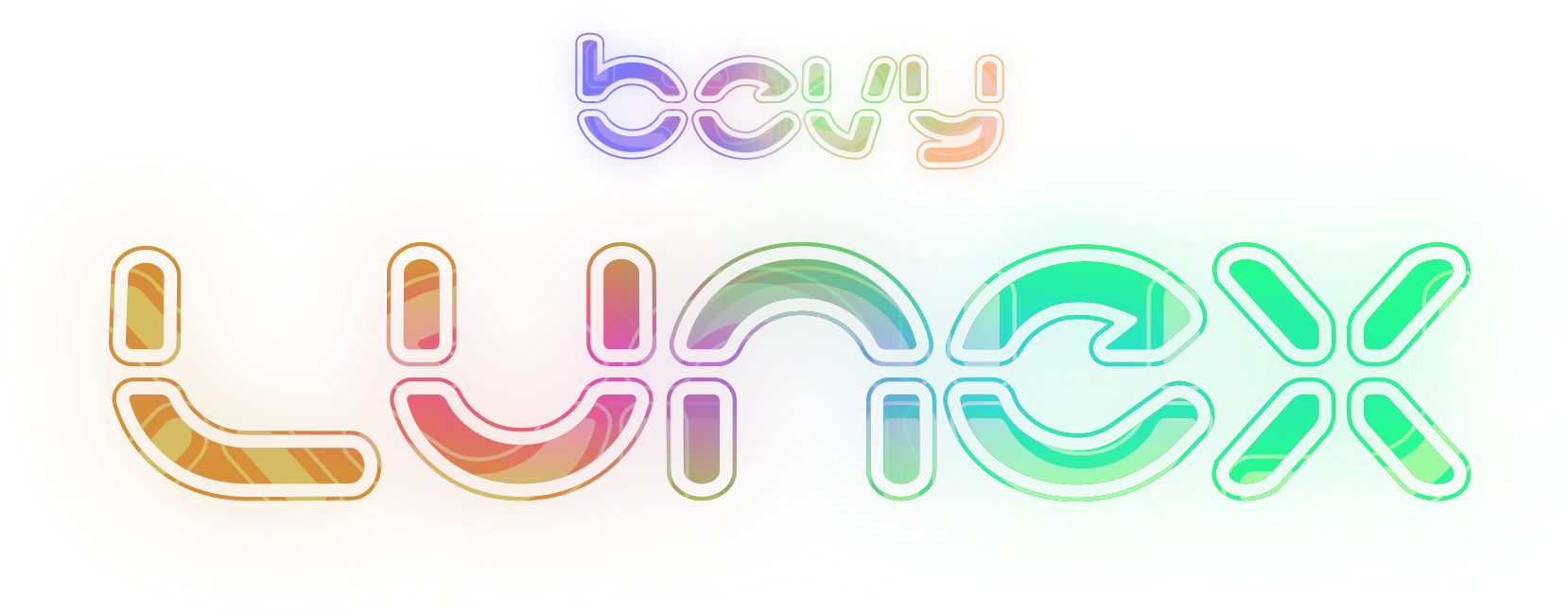
Blazingly fast retained layout engine for Bevy entities, built around vanilla Bevy ECS. It gives you the ability to make your own custom UI using regular ECS like every other part of your app.
important
This book is made for version ^0.4 of Bevy_Lunex
note
This crate is being maintained by a university student. Don't expect updates during the semester.
warning
This crate is opinionated and thus you must decide if it is a good fit for what you want to achieve.
This is mainly because Lunex provides you with only capability to position entities, leaving everything else in your hands. The current version also lacks any kind of flexbox-like layout.
Good fit 👍
- Worldspace 3D UI
- Spritebased 2D UI
- Custom rendering hook
- Very customizable
- Low-level interactivity
Not so good 👎
- Development speed & iteration
- Using prebuilt input components
- Making desktop application UI